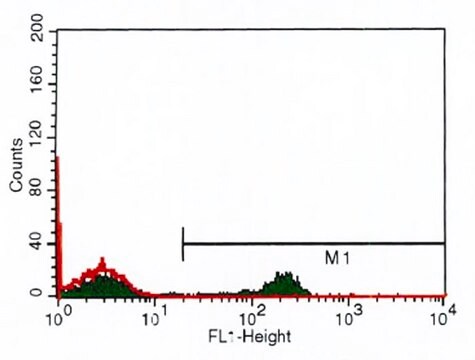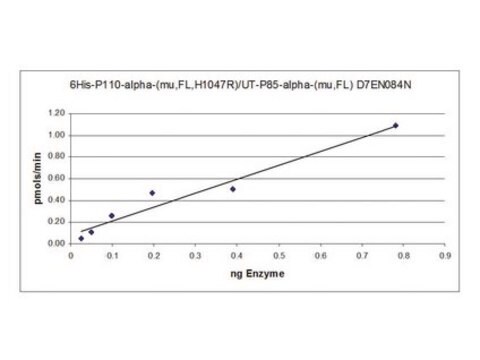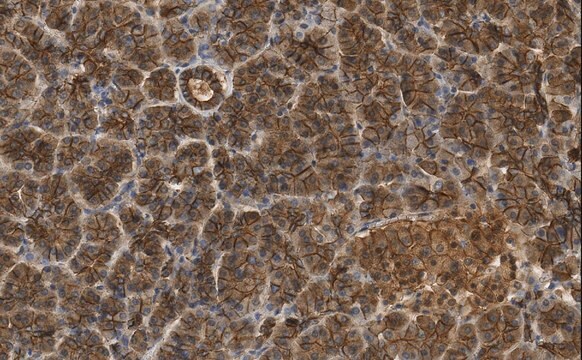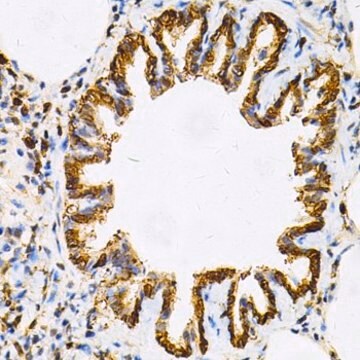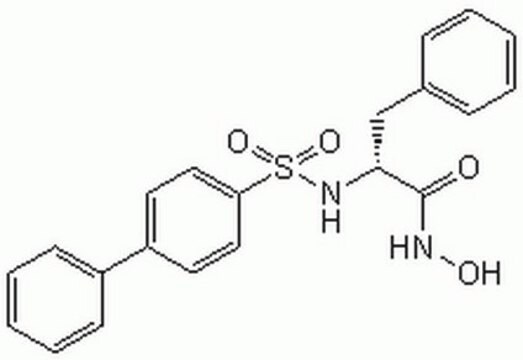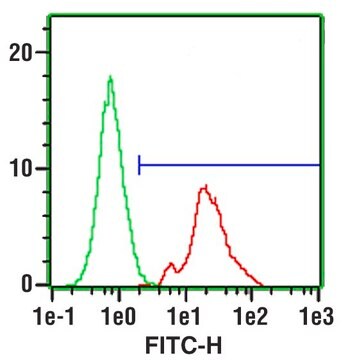MABF575
Anti-CD4 Antibody (mouse), violetFluor® 450, clone RM4-5
clone RM4-5, 0.2 mg/mL, violetFluor®
Synonim(y):
T-cell surface glycoprotein CD4, T-cell differentiation antigen L3T4, T-cell surface antigen T4/Leu-3, CD4
About This Item
IF
IHC
IP
immunofluorescence: suitable
immunohistochemistry: suitable
immunoprecipitation (IP): suitable
Polecane produkty
pochodzenie biologiczne
rat
Poziom jakości
białko sprzężone
violetFluor® 450
forma przeciwciała
purified antibody
rodzaj przeciwciała
primary antibodies
klon
RM4-5, monoclonal
reaktywność gatunkowa
mouse
opakowanie
antibody small pack of 25 μg
producent / nazwa handlowa
violetFluor®
stężenie
0.2 mg/mL
metody
flow cytometry: suitable
immunofluorescence: suitable
immunohistochemistry: suitable
immunoprecipitation (IP): suitable
izotyp
IgG2aκ
numer dostępu UniProt
Warunki transportu
wet ice
docelowa modyfikacja potranslacyjna
unmodified
informacje o genach
mouse ... Cd4(12504)
Opis ogólny
Immunogen
Zastosowanie
Inflammation & Immunology
Jakość
Flow Cytometry Analysis: 0.125 µg of this antibody detected CD4 in one million C57Bl/6 splenocytes.
Postać fizyczna
Przechowywanie i stabilność
Informacje prawne
Oświadczenie o zrzeczeniu się odpowiedzialności
Nie możesz znaleźć właściwego produktu?
Wypróbuj nasz Narzędzie selektora produktów.
Kod klasy składowania
12 - Non Combustible Liquids
Klasa zagrożenia wodnego (WGK)
nwg
Temperatura zapłonu (°F)
Not applicable
Temperatura zapłonu (°C)
Not applicable
Certyfikaty analizy (CoA)
Poszukaj Certyfikaty analizy (CoA), wpisując numer partii/serii produktów. Numery serii i partii można znaleźć na etykiecie produktu po słowach „seria” lub „partia”.
Masz już ten produkt?
Dokumenty związane z niedawno zakupionymi produktami zostały zamieszczone w Bibliotece dokumentów.
Nasz zespół naukowców ma doświadczenie we wszystkich obszarach badań, w tym w naukach przyrodniczych, materiałoznawstwie, syntezie chemicznej, chromatografii, analityce i wielu innych dziedzinach.
Skontaktuj się z zespołem ds. pomocy technicznej
